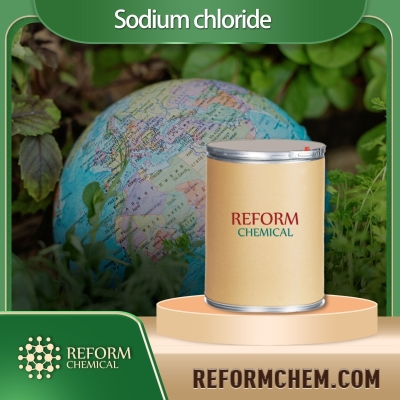-
Categories
-
Pharmaceutical Intermediates
-
Active Pharmaceutical Ingredients
-
Food Additives
- Industrial Coatings
- Agrochemicals
- Dyes and Pigments
- Surfactant
- Flavors and Fragrances
- Chemical Reagents
- Catalyst and Auxiliary
- Natural Products
- Inorganic Chemistry
-
Organic Chemistry
-
Biochemical Engineering
- Analytical Chemistry
-
Cosmetic Ingredient
- Water Treatment Chemical
-
Pharmaceutical Intermediates
Promotion
ECHEMI Mall
Wholesale
Weekly Price
Exhibition
News
-
Trade Service
Alendronic acid is a bisphosphonate drug that is commonly used to treat osteoporosis and other conditions that affect bone health.
In the chemical industry, alendronic acid is used as an intermediate in the production of other pharmaceuticals and chemicals.
Upstream Products
The production of alendronic acid involves several upstream processes, including the synthesis of raw materials and the manufacture of intermediate products.
One of the key starting materials used in the production of alendronic acid is aluminum chloride, which is extracted from aluminum ore through a series of chemical reactions.
This material is then combined with other chemicals, such as titanium dioxide, to form a Bradley solution, which is used in the production of alendronic acid.
Downstream Products
Once alendronic acid has been synthesized, it can be used as an intermediate in the production of a variety of downstream products, including other pharmaceuticals and chemicals.
One of the most common uses of alendronic acid is in the production of nitrogen-containing compounds, such as amino acids and organic acids.
These compounds are used in a wide range of applications, including the manufacture of plastics, dyes, and pharmaceuticals.
Alendronic acid can also be used as an intermediate in the production of other bisphosphonate drugs, such as pamidronate and zolendronate.
These drugs are used to treat a range of medical conditions, including osteoporosis, cancer, and autoimmune disorders.
Benefits of using alendronic acid
There are several benefits to using alendronic acid as an intermediate in the production of other pharmaceuticals and chemicals.
One of the key advantages is its ability to form stable, water-soluble salts with various acids.
This property makes it easier to purify and isolate the final product, which can be useful in the production of pharmaceuticals and other chemicals.
Alendronic acid also has a high affinity for bone and can be used to treat conditions that affect bone health, such as osteoporosis.
This property makes it a valuable intermediate in the production of drugs that are used to treat bone-related medical conditions.
Challenges in producing alendronic acid
Despite its many benefits, there are also some challenges associated with the production of alendronic acid.
One of the key challenges is the high reactivity of the compound, which can make it difficult to handle and purify.
This reactivity can also make it challenging to ensure the purity of the final product, which can affect its efficacy and safety.
Another challenge in the production of alendronic acid is the need for specialized equipment and facilities.
The production of alendronic acid requires the use of specialized reactors and purification systems, which can be expensive and difficult to maintain.
Conclusion
Alendronic acid is an important intermediate in the production of a wide range of pharmaceuticals and chemicals.
Its ability to form stable salts and its high affinity for bone make it a valuable component in the production of drugs that are used to treat bone-related medical conditions.
However, the production of alendronic acid also presents a number of challenges, including its high reactivity and the need for specialized equipment and facilities.
Despite these challenges, alendronic acid remains an important compound in the chemical industry and is expected to continue to be widely used in the production of pharmaceuticals and other chemicals.







